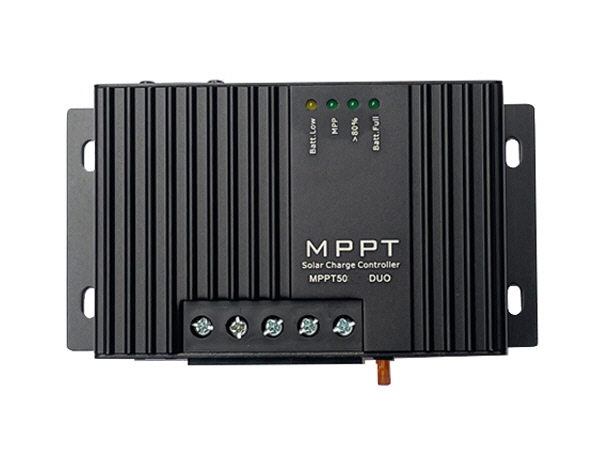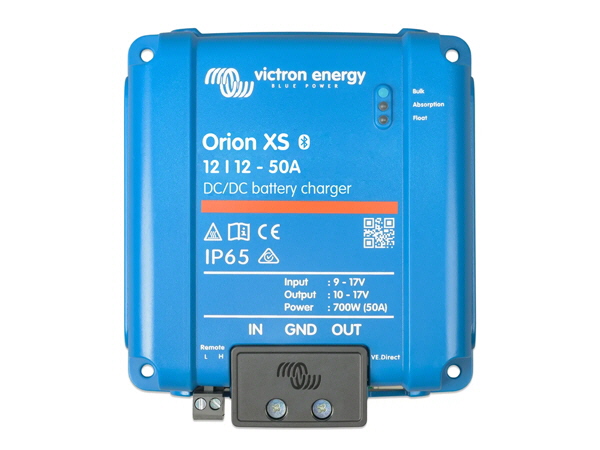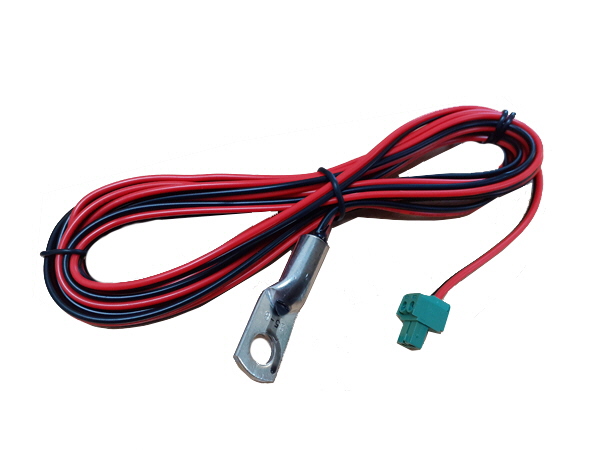Leisure Batteries - GEL
What is a GEL Battery?
A deep cycling gel battery, also known as a gel cell battery or valve-regulated lead-acid (VRLA) battery, is a type of lead-acid battery designed for deep discharge and repeated cycling applications. Here are some key features and characteristics of deep cycling gel batteries:
- Electrolyte: Instead of a liquid electrolyte, these batteries use a gel-like electrolyte that is immobilized within an absorbent glass mat separator. This eliminates the risk of acid spills and makes them spill-proof and leak-proof.
- Valve-regulated design: These batteries are sealed and have a valve-regulated design that allows gases to escape during charging, but prevents air from entering the battery. This makes them maintenance-free and eliminates the need for regular water top-ups.
- Deep discharge capability: Deep cycling gel batteries are designed to be deeply discharged (up to 80% of their capacity) and recharged repeatedly without significant degradation in performance or lifespan.
- Cycling life: Gel batteries have a longer cycling life compared to traditional flooded lead-acid batteries, typically ranging from 300 to 1,000 cycles or more, depending on the depth of discharge.
- Applications: Deep cycling gel batteries are commonly used in applications that require frequent deep discharging and recharging, such as recreational vehicles (RVs), marine applications, off-grid solar systems, emergency backup systems, and some mobility applications (e.g., golf carts, wheelchairs).
- Low self-discharge: Gel batteries have a relatively low self-discharge rate, allowing them to maintain their charge for longer periods when not in use.
- Maintenance-free: Due to their sealed, valve-regulated design and immobilized electrolyte, gel batteries are considered maintenance-free and do not require regular water top-ups or electrolyte replenishment.
Sort
£255.00
45 Points
£298.00
40 Points
£621.00
83 Points
£384.00
51 Points
£470.00
63 Points
£154.95
20 Points
£204.95
27 Points












 Home
Home


